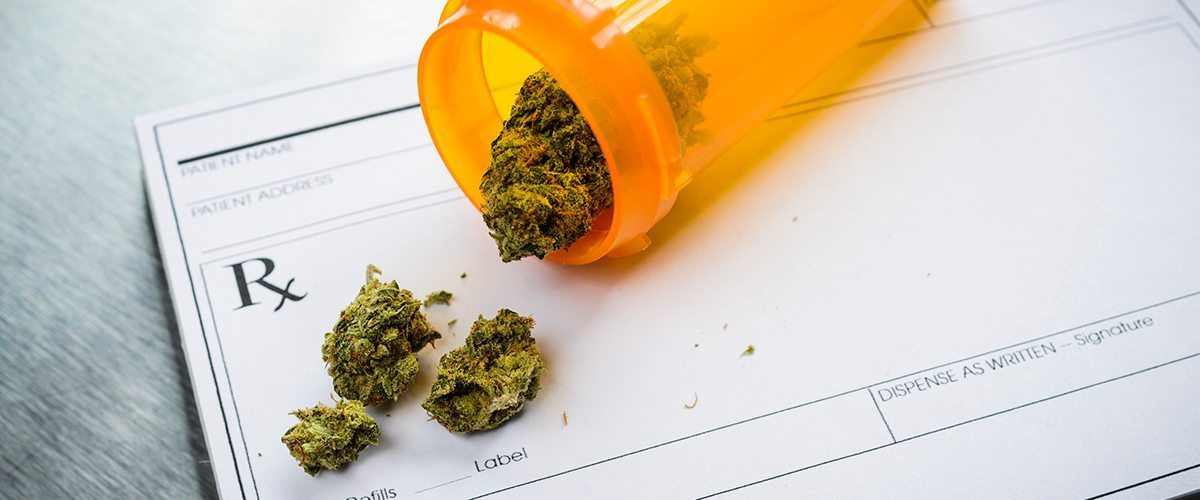[vc_row][vc_column][vc_column_text]
A new study finds that over 20 percent of medical marijuana users reside in states that have not yet legalized cannabis for medical use.
Over 20 percent of adult medical marijuana users in the United States live in states that have yet to pass medical cannabis laws, according to a new study published in the Journal of the American Medical Association.
Researchers Wilson M. Compton, Beth Han and Arthur Hughes used data from nearly 100,000 adults 18 years and older who participated in the 2013-2014 National Survey on Drug Use and Health (NSDUH) to examine patterns of adult marijuana use in the United States. They found that 9.8 percent of adult marijuana users in the U.S. reportedly use cannabis for medical purposes, and only about three-fourths of those live in states where medical use is legal.
“Although the prevalence of medical use was higher in states that had legalized medical marijuana, 21.2% of medical marijuana users resided in states that had not, suggesting physicians might recommend medical marijuana use regardless of legalization,” the study’s discussion reads.
When the data was collected in 2014, 23 states and the District of Columbia had legalized medical marijuana use. The number of medical marijuana states has since grown to 28. Four states – Arkansas, Florida, Montana and North Dakota – passed medical cannabis measures this past election. The study’s findings suggest that one in five medical marijuana users lived in one of the 27 states that at the time was without comprehensive medical marijuana and, unable to legally access cannabis through a state-regulated program, acquired their cannabis through illegal means.
According to the study, 12.9 percent of U.S. adults used marijuana for either personal or medical purposes over the past year. Most users, 11.6 percent, reportedly used cannabis for nonmedical reasons, while 0.8 percent used it for medical purposes only and 0.5 percent consumed marijuana for combined nonmedical and medical reasons.[/vc_column_text][/vc_column][/vc_row][vc_row][vc_column][vc_single_image image=”17365″ img_size=”1200×250″ onclick=”custom_link” img_link_target=”_blank” link=”https://www.medicalmarijuanainc.com/overview-of-medical-marijuana-research/”][/vc_column][/vc_row][vc_row][vc_column][vc_column_text]The study also found that using marijuana for medical purposes or for a combination of medical and non-medical purposes was more common in the Western U.S., while non-medical use only was more common in the Northeast.
The findings indicate that adults who reportedly use marijuana for only medical purposes tend to be older and in overall worse health than those who use marijuana for recreational use only. Medical use only was also found to be inversely associated with heavy alcohol use and nonmedical use of prescription stimulants and analgesics.
The study was supported and funded by the Substance Abuse and Mental Health Services Administration, the National Institute on Drug Abuse of the National Institutes of Health, the Substance Abuse and Mental Health Services Administration, and the Office of the Assistant Secretary for Planning and Evaluation of the U.S. Department of Health and Human Services.
You can read the entire study, “Use of Marijuana for Medical Purposes Among Adults in the United States,” published online on December 19 in the Journal of the American Medical Association, here.
Learn about current cannabis laws throughout the U.S. through our education page. Keep up with the latest cannabis industry developments by regularly visiting our news feed.[/vc_column_text][/vc_column][/vc_row]






